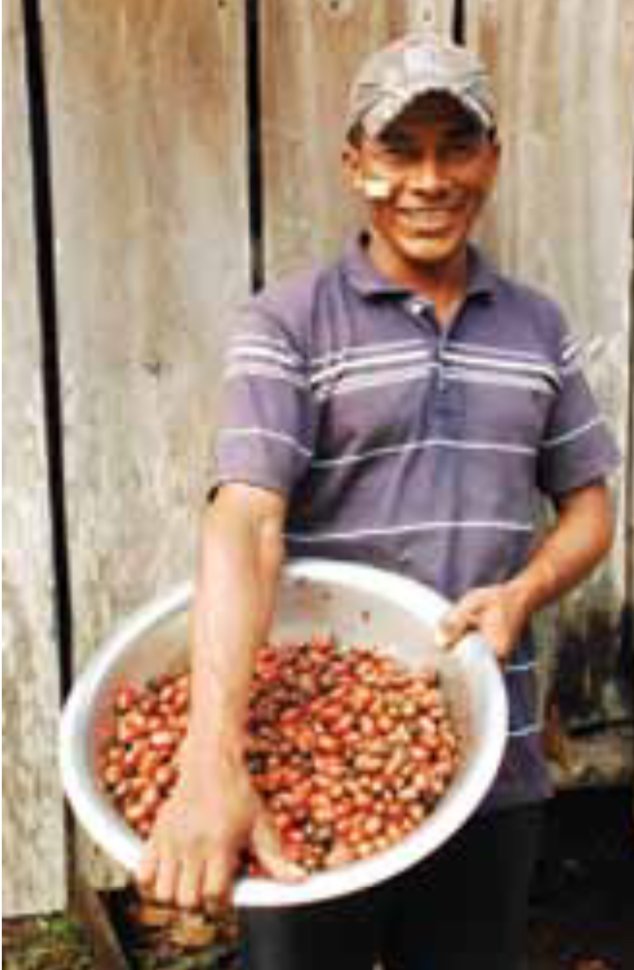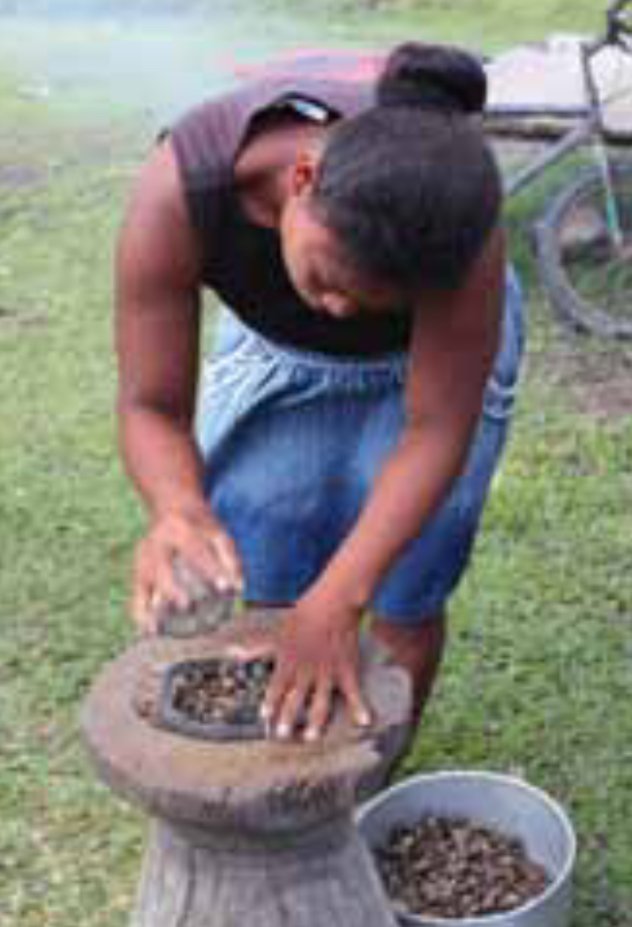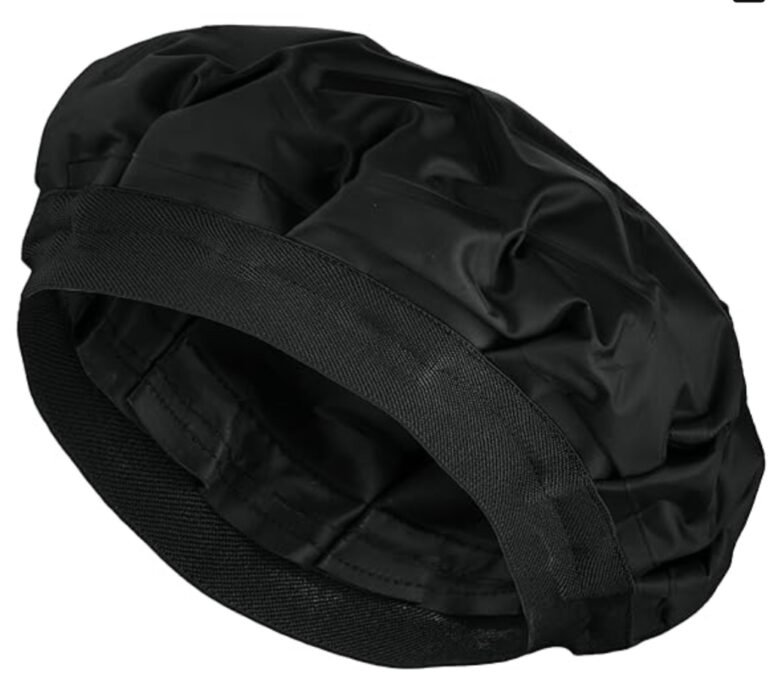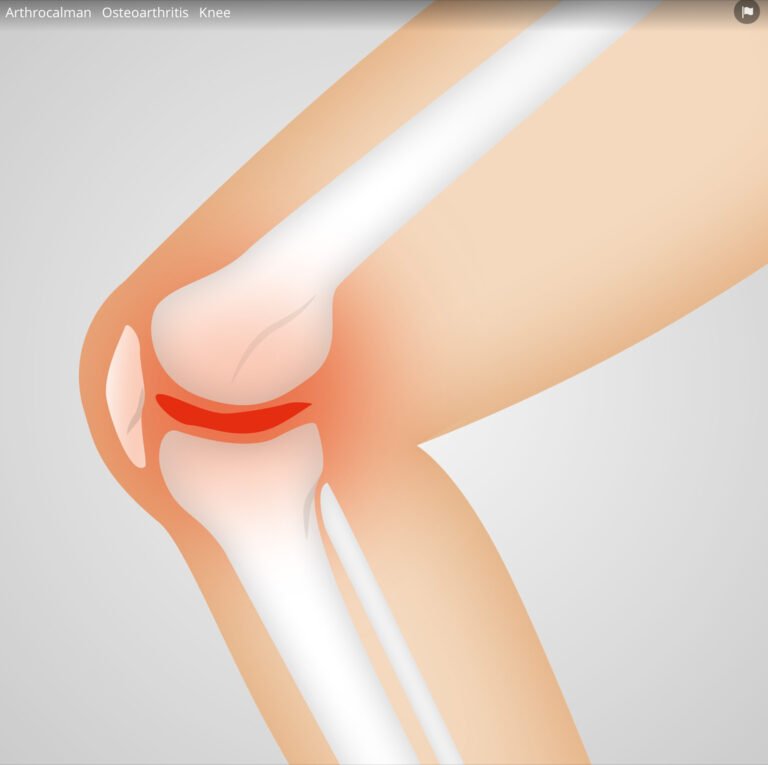batana oil


(elti.yale.edu)
Batana oil
What is Batana oil and plant and what’s the benefits and where to find and identify it?
“Batana oil” is a unique and prized oil derived from the nuts of the American palm tree known as *Elaeis oleifera*, which is closely related to the African oil palm (*Elaeis guineensis*). The oil is primarily produced by the indigenous Miskito people of Central America, particularly in Honduras, where it has been used for centuries in traditional hair and skin care.
1. What is Batana Oil?
Source: Batana oil comes from the nut of the *Elaeis oleifera* palm, also referred to as the American oil palm. This palm is native to the rainforests of Central and South America.
Extraction Process: The nuts are harvested and boiled, after which the kernels are extracted and roasted. The roasted kernels are then ground and cooked to release the oil, which has a rich, amber color and a thick consistency.
Traditional Use: The Miskito people refer to Batana oil as “the miracle oil” for its restorative properties, especially in hair care.
2. Benefits of Batana Oil:
Hair Care:
Restores Hair Health: Batana oil is renowned for its ability to restore damaged hair, promote hair growth, and improve the overall health and appearance of hair. It is often compared to other oils like argan oil due to its nourishing properties.
Strengthens Hair: The oil is rich in fatty acids, vitamins, and antioxidants that help strengthen the hair shaft, reduce breakage, and prevent split ends.
Enhances Shine and Smoothness: Regular use of Batana oil can make hair shinier, smoother, and more manageable.
Skin Care:
Moisturizes and Protects Skin: Batana oil is also used for its moisturizing properties, helping to hydrate the skin, reduce dryness, and protect against environmental damage.
Anti-Aging Properties: Its rich content of antioxidants can help reduce the appearance of fine lines and wrinkles, promoting youthful-looking skin.
Scalp Health:
Prevents Dandruff: Batana oil can be used to treat dry scalp and dandruff due to its moisturizing and soothing properties.
3. Where to Find Batana Oil:
Availability: Batana oil can be found online through specialty retailers that focus on natural and exotic oils, as well as in some health food stores, particularly those that stock products from Central America.
Product Forms: It is available in pure oil form or as an ingredient in various hair and skin care products such as shampoos, conditioners, and moisturizers.
4. Identifying the Batana Plant:
Palm Appearance: *Elaeis oleifera* is a medium-sized palm tree with a more slender trunk compared to the African oil palm. It has long, feather-like leaves that can grow up to 15 feet in length.
Fruits and Nuts: The palm produces clusters of small, reddish-orange fruits, each containing a single seed or nut from which the oil is extracted.
Habitat: The palm is commonly found in tropical rainforest regions of Central and South America, particularly in swampy or riverine areas.
5. Sustainability and Ethical Sourcing:
Traditional Harvesting: The Miskito people traditionally harvest Batana oil in a sustainable manner, ensuring that the palm trees are not over-exploited and that the environment is preserved.
Support for Indigenous Communities: Purchasing Batana oil directly from sources that work with indigenous communities helps support their traditional practices and livelihoods.
Conclusion:
Batana oil is a versatile and beneficial oil with significant historical and cultural importance among the Miskito people. It offers numerous benefits for hair, skin, and scalp health, making it a valuable addition to natural beauty routines. If you’re interested in trying Batana oil, ensure that you purchase it from reputable sources that support sustainable and ethical practices.
References
Resources. ELTI. (n.d.). https://elti.yale.edu/resources —– (elti.yale.edu)
https://elti.yale.edu/sites/default/files/rsource_files/etfrn-57_final_aug_2015.pdf#page=31







